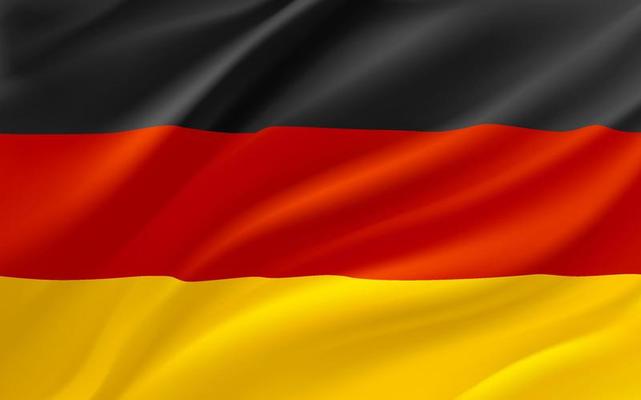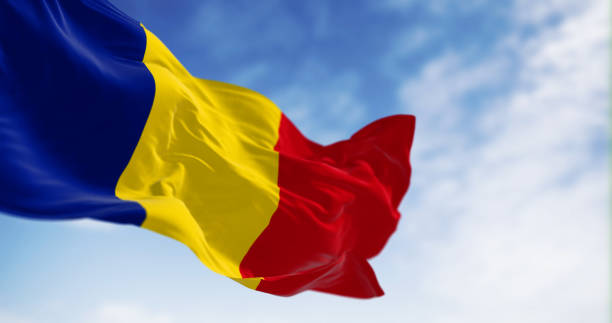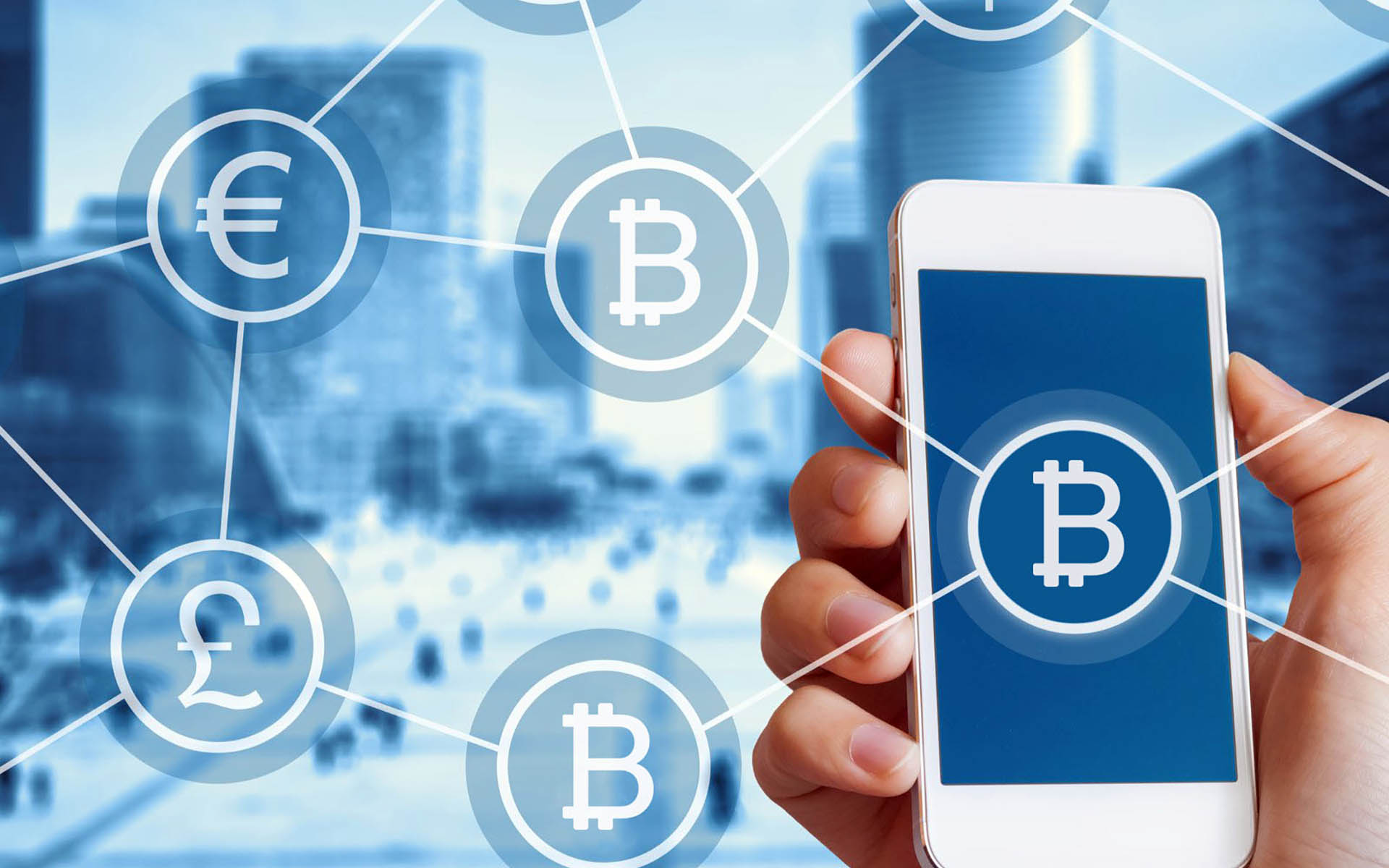When you think of payments in Germany, it’s not about swiping a card or sending money online. The country runs on a structured network of payment rails, which are deeply tied to its banking culture and consumer habits. Girocard Germany remains the backbone for in-store payments, SEPA Germany payments handle transfers across the Eurozone, and Sofort payments Germany, now known as Klarna Sofort, dominates online checkouts. On top of that, instant payments in Germany are accelerating, giving consumers and businesses real-time settlement options within the German banking system.
What makes Germany different is the balance between cash loyalty and the steady rise of digital payments in Germany. SEPA transfers Germany and Sofort Klarna Germany prove that trust and speed are equally valued. Businesses, however, face complexity when navigating Girocard vs SEPA Germany, cross-border payments, and trying to integrate multiple local rails at once.
This is where TransFi changes the game. By unifying 40+ currencies, 80+ digital assets, 250+ local payment methods, and 100+ countries, it delivers instant, secure, and cost-efficient cross-border transactions on stablecoin rails.
Germany Payment Rails
German payment rails consist of a combination of national and pan-European rails that manage both everyday transactions and wholesale cross-border trade. Girocard Germany dominates in-store payments with more than 100 million cards in circulation, accounting for 40% of retail card payments. SEPA Germany processes a wide range of domestic and international Euro transfers, making SEPA transfers in Germany the backbone of recurring bills, salaries, and trade settlements. Sofort payments Germany, commonly known as Sofort Klarna Germany, is an important part of e-commerce because it enables direct bank transfers without card details. Then there’s instant payments in Germany, powered by the SEPA Instant scheme, that settle the entire transaction under 10 seconds, anytime.
The German banking system payment landscape is diverse, but it also becomes a cause for complexity for businesses. In Germany, it’s not a matter of picking between Girocard and SEPA; it’s about embracing the full spectrum of payment options. Services like TransFi make this seamless by integrating various local payment methods into a single global network powered by stablecoins, enabling fast and affordable transactions.
Girocard Germany
Girocard Germany is the country’s national debit card system and remains the most widely used payment method at physical stores. Issued by German banks and linked directly to customer accounts, more than 100 million Girocards are active today. They account for over 40% of in-store card transactions, which shows how deeply integrated they are into daily life. Unlike international card schemes, Girocard transactions are processed within the German banking system, making them secure and low-cost for merchants.
For consumers, Girocard Germany feels straightforward to swipe, tap, or use with a PIN. But for businesses, it highlights the differences between Girocard vs SEPA Germany. SEPA transfers in Germany are designed for account-to-account payments, while Girocard dominates at the point of sale.
As digital payments in Germany expand, Girocard remains relevant by integrating with mobile wallets. Still, cross-border businesses need platforms like TransFi to bridge Girocard with global payment rails.
SEPA Germany Payments
SEPA Germany payments are the foundation for all bank-to-bank transfers across the Eurozone. The Single Euro Payments Area (SEPA) allows for standardized euro transfers across 36 countries, making cross-border payments as easy and inexpensive as domestic ones. SEPA transfers in Germany cover salary deposits, bill payments, as well as business trade flows. For consumers, they often cost nothing; for businesses, they offer a lower cost compared to legacy cross-border methods.
A significant development has been SEPA Instant, which supports instant payments in Germany. Transfers of up to €100,000 can settle within 10 seconds, available 24/7. By 2025, EU regulations will require many banks in Germany to support instant SEPA transfers, driving adoption further.
While SEPA Germany payments work very well with euro-based activity, it does not manage multi-currency or asset diversity. That’s where TransFi becomes critical; it connects SEPA transfers in Germany with 40+ currencies, 80+ digital assets, and AI-powered smart routing for global settlement opportunities.
Also read about: Nigeria’s Payment Rails & How They Work – NIBSS, NIP, USSD & The Instant Payment Revolution
Sofort Klarna Germany
Sofort Klarna Germany is one of the most prominent online payment rails for e-commerce. Instead of entering any card data, the customer logs in to his bank using his online banking login details and confirms the payment. In real-time, the money moves from the customer’s account to the merchant’s account. As such, Sofort payments in Germany are quick and trusted, making them attractive to both shoppers and businesses, while also being secure.
Additionally, Sofort, which is owned by Klarna, has a massively high penetration in Europe, but it has been especially strong in Germany, where a large number of online buyers tend to use direct bank transfer. While Girocard Germany is all about in-store, Sofort leads digital payments in Germany. It fits nicely into the German banking system's P2P payment network and proves to be beneficial for both individuals as well as businesses.
For businesses, the Sofort Klarna Germany payment method reduces fraud and chargeback risk because the transaction is authorized and processed immediately. The problem faced is connecting Sofort with other rails like SEPA transfer Germany or instant payments Germany. Platforms like TransFi bridge that gap, simplifying cross-border expansion with smarter routing.
German Banking System Payments
The German banking system supports all major rails, like Girocard, SEPA transfers, Sofort Klarna Germany, and instant payments in Germany. With over 1400 banks, including public savings banks, cooperatives, and private banks like Deutsche Bank, the system is both diverse and highly regulated. This setup ensures reliability but also sums up complexity when connecting multiple payment channels.
Many consumer transactions come directly through German banks. Girocard Germany operates on domestic rails, SEPA Germany payments link accounts all over Europe, and Sofort payments Germany rides on the banking infrastructure. Instant payments in Germany, powered by the SEPA Instant scheme, are increasingly required by regulators, driving banks towards 24/7 real-time settlement.
For businesses, navigating Girocard vs SEPA Germany or linking digital payments Germany with local preferences can be expensive and time-consuming. TransFi streamlines this by connecting directly with local payment rails while unlocking Global access through stablecoin-backed networks.
Conclusion
Germany’s payment rails show us how tradition and innovation coexist. Girocard Germany remains dominant for in-store payments, SEPA transfers within Germany are important in cross-border euro flows, Sofort Klarna Germany has established a reliable part in e-commerce, and instant payments in Germany are driving the market towards real-time settlement. But the biggest challenge is that Girocard vs SEPA Germany, Sofort payments Germany, and instant rails aren’t interchangeable. Each rail solves a specific use case, and businesses operating across borders need to connect every one of them to achieve frictionless payments. That’s where TransFi comes in, integrating 40+ currencies, 80+ digital assets, 250+ local methods, and global compliance into one platform. TransFi provides secure, instant, and cost-efficient cross-border transactions with AI-driven smart routing. If you are someone looking to expand your presence in the German market, talk to an expert at TransFi today to experience truly borderless growth.
FAQs
- How do payment rails work in Germany?
Germany’s payment rails include card systems like Girocard, SEPA transfers for euro payments, Sofort Klarna for direct online bank payments, and instant payments for real-time settlement.
- Explain SEPA and instant payments in Germany.
SEPA Germany payments provide quick, standardized euro transfers between nations, usually processed within one business day. Instant payments, under the SEPA Instant Credit Transfer scheme, settle transactions within seconds, with a €100,000 limit. By 2025, most German banks will generally need to support instant SEPA, but multi-currency handling still remains restricted. TransFi bridges that gap, linking SEPA Germany with multiple currencies and digital assets for seamless global trade.
- What are the Girocard and Sofort payment methods in Germany?
Girocard Germany is the national debit card tied to German bank accounts, processing more than 40% of retail card-based transactions using 100 million cards. Sofort, now Klarna Sofort, drives safe online payments by enabling consumers to pay through direct online banking authorization, preventing fraud and speeding up merchant confirmation. Girocard focuses on in-store purchases, while Sofort leads e-commerce payments.
- What are Germany’s digital payment systems and banking rails?
Payments are processed in Germany through Girocard, SEPA transfers, Sofort Klarna, and instant payments, all underpinned by the strong German banking system. Girocard processes most in-store transactions, SEPA transfers euros across borders, and Sofort holds sway over e-commerce. Solutions like TransFi help businesses to connect to these rails domestically and abroad.
- What is the instant payment adoption in Germany?
Instant payments in Germany are taking off. SEPA Instant enables you to send as much as €100,000 backed by SEPA in just 10 seconds, all the time, every day of the week. About two-third of the German banks support this now, and by 2025, rules from the EU will require nearly all of them to support it. This is convenient for quicker cash flow and satisfied merchants. However, instant payments remain largely about euros. For multi-currency requirements, TransFi combines instant SEPA payments with stablecoin rails, offering speed, precision, and lower costs across borders.
Table of Contents
Suggested Article
Explore our products

Make global payments at the speed of a click

Accept payments, remove borders.

Unlock Seamless Digital Currency Transactions Anywhere








.png)














